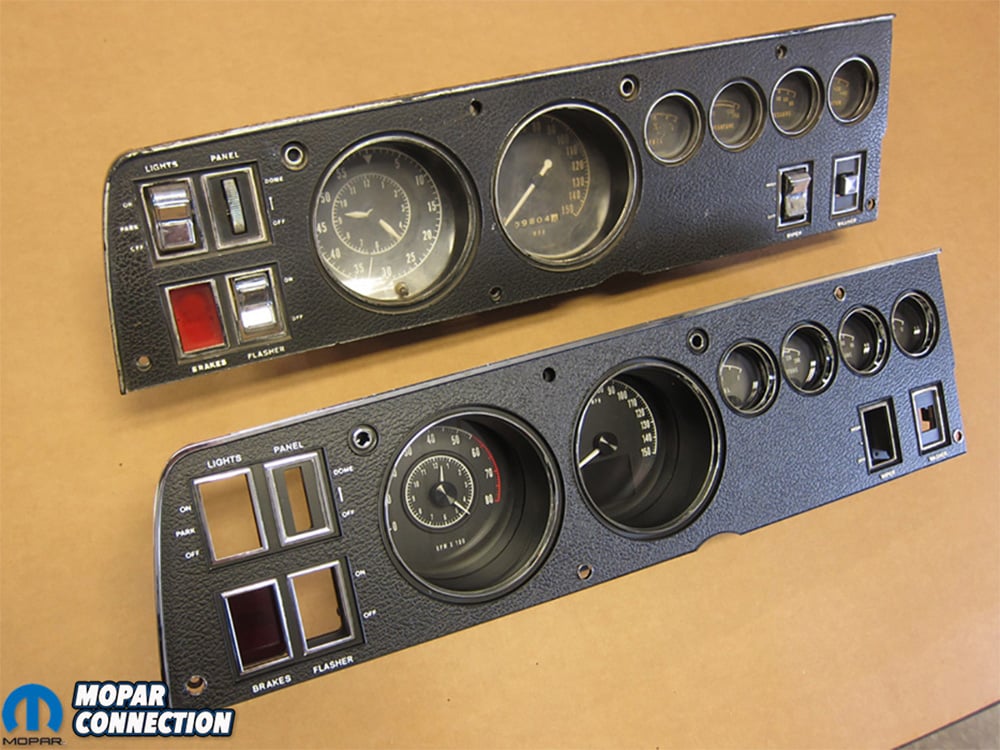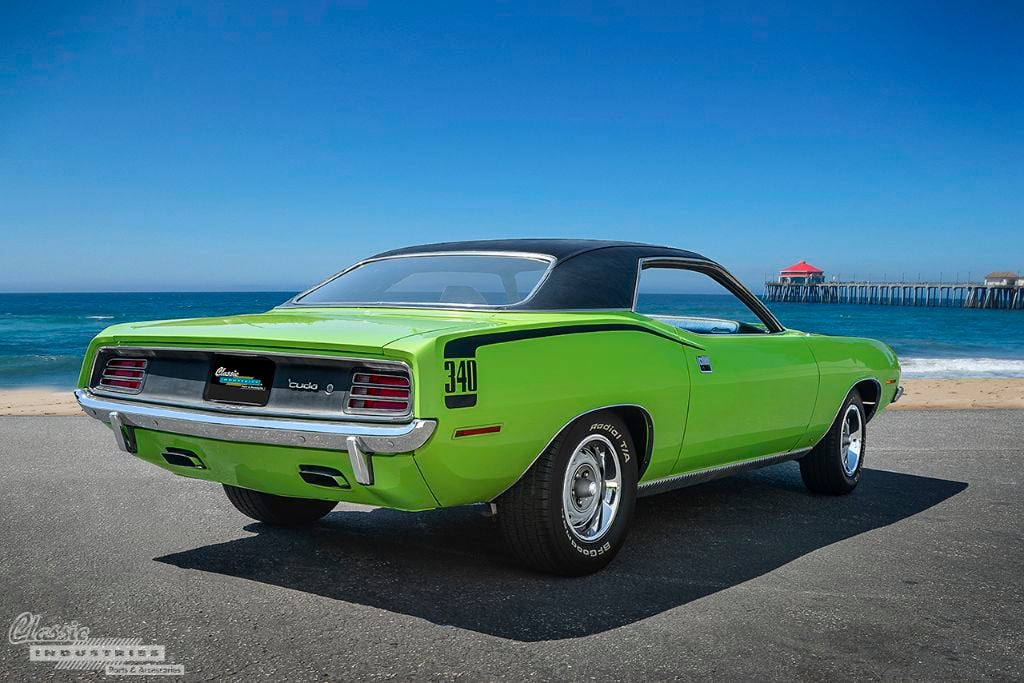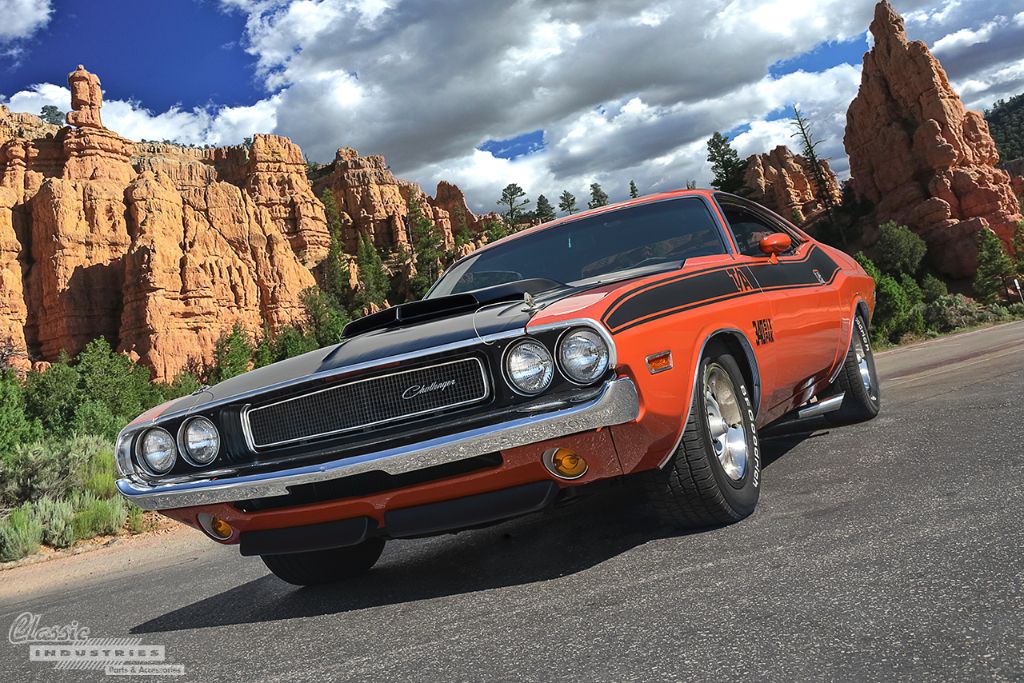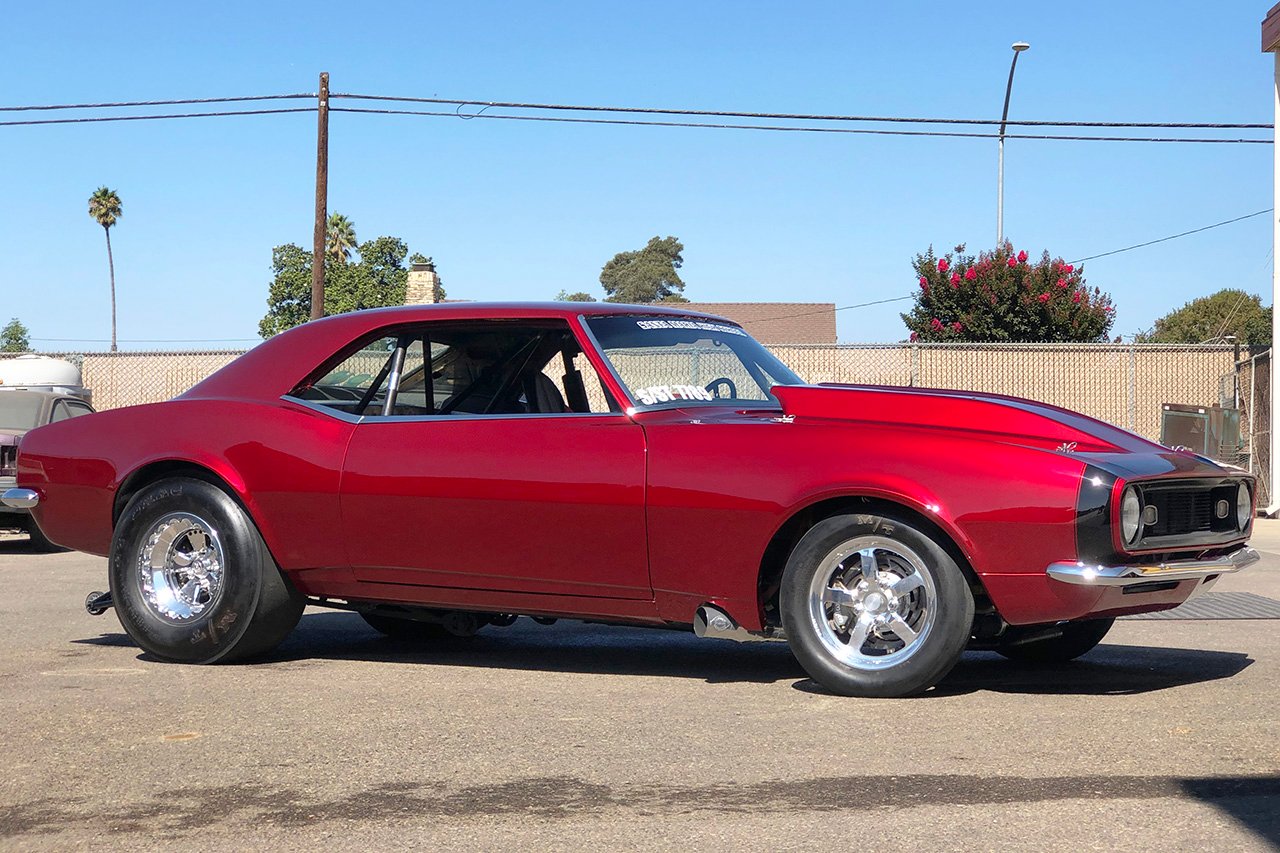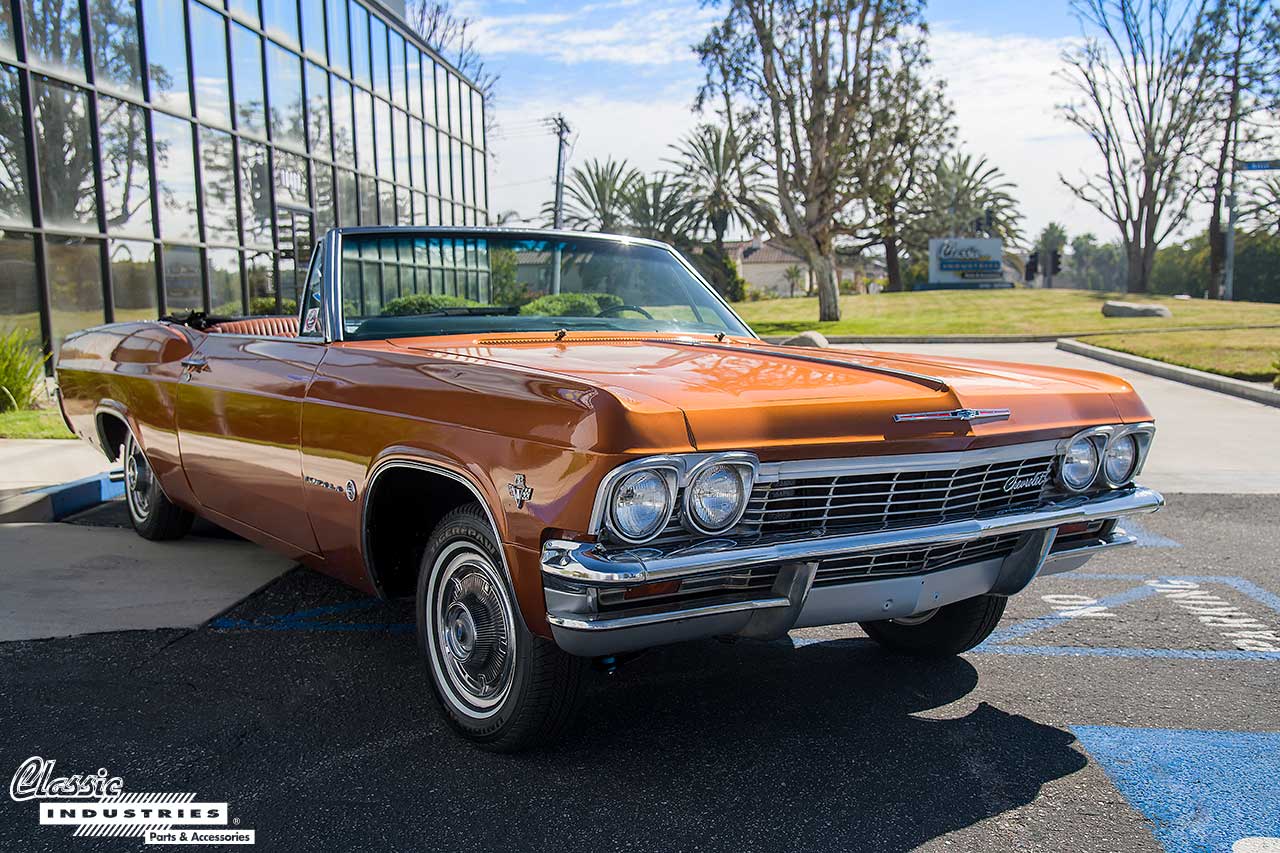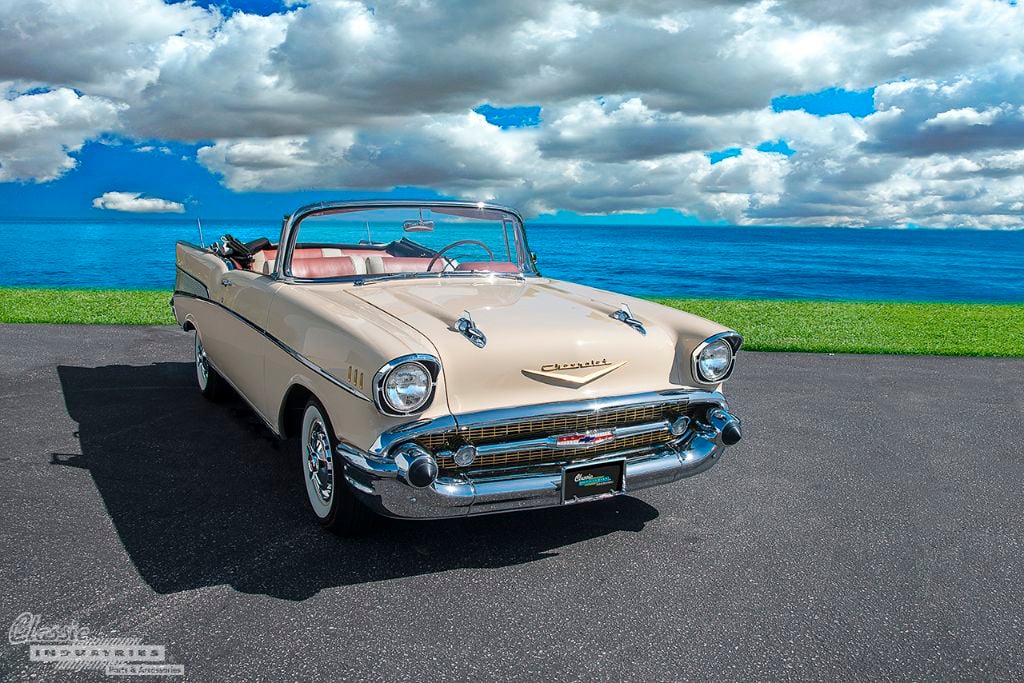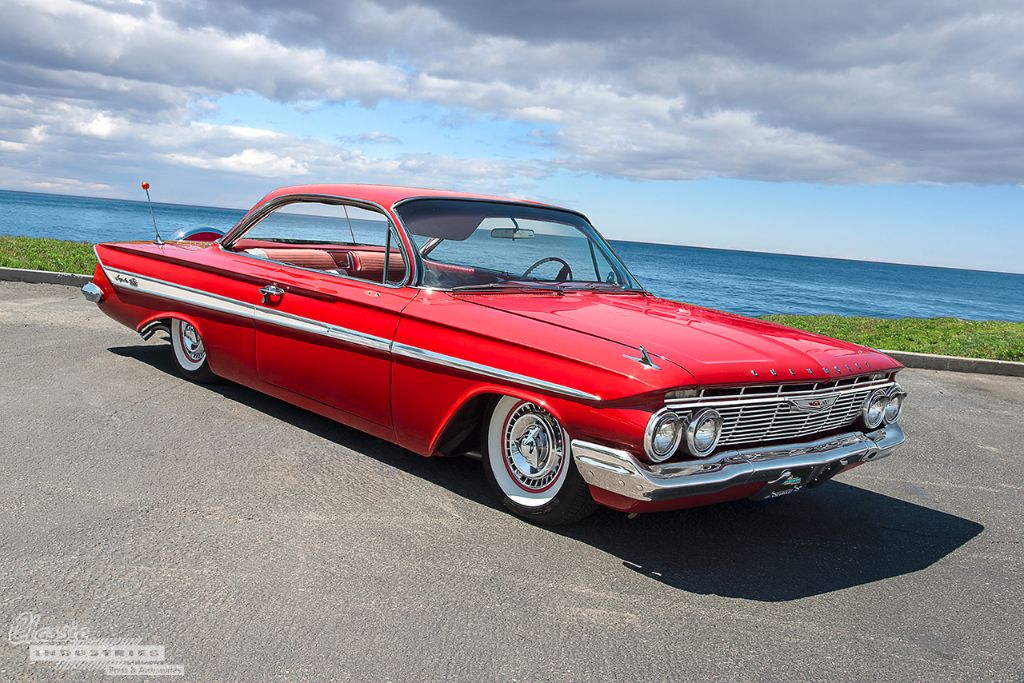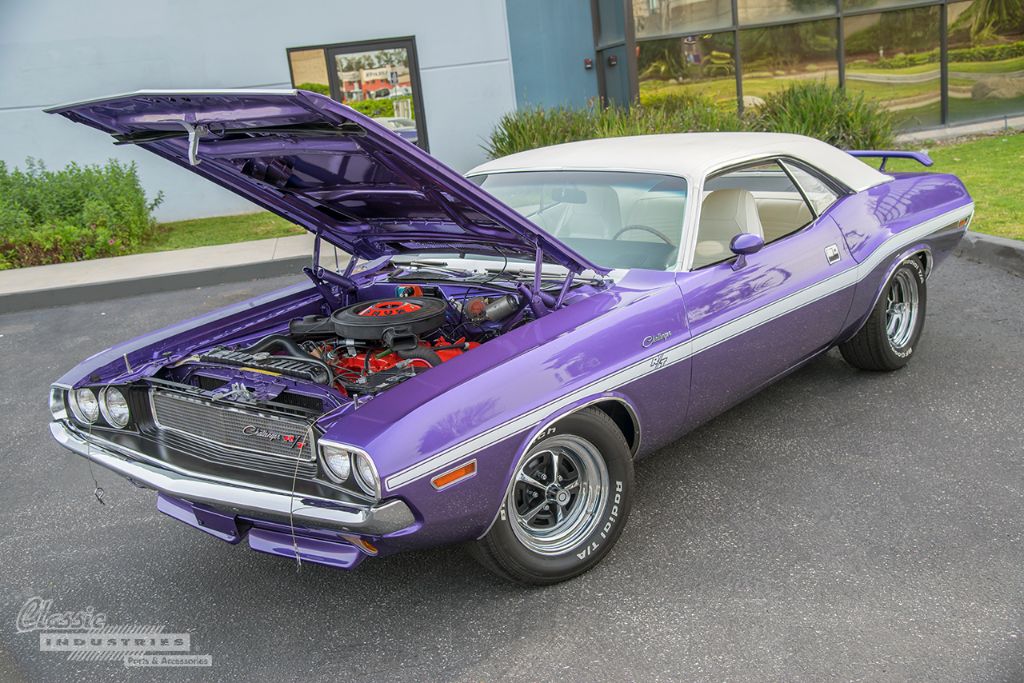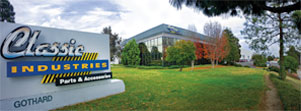When it comes to classic car restoration, it's no surprise that most owners place a strong focus on exterior paint and body work, as well as mechanical components such as the engine, transmission, suspension, and brakes. These elements define how a car looks on the outside, and how it performs on the road. But think about this: where do you, the owner, spend most of your time? Behind the wheel, of course. For this reason, it's certainly worthwhile to pay attention to the interior, as Mopar Connection magazine did with their recent Dodge interior restoration project.



